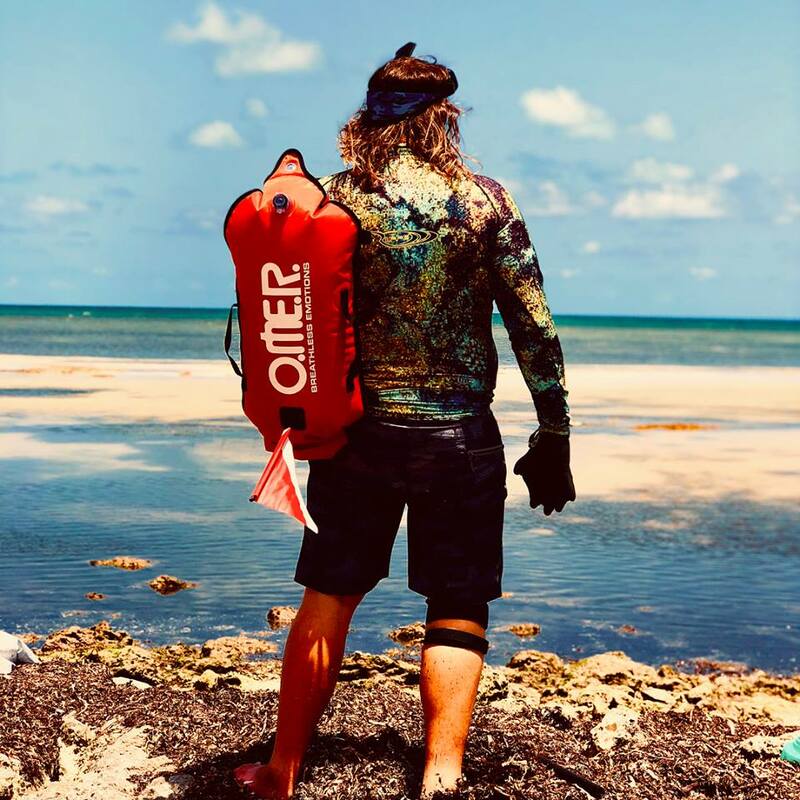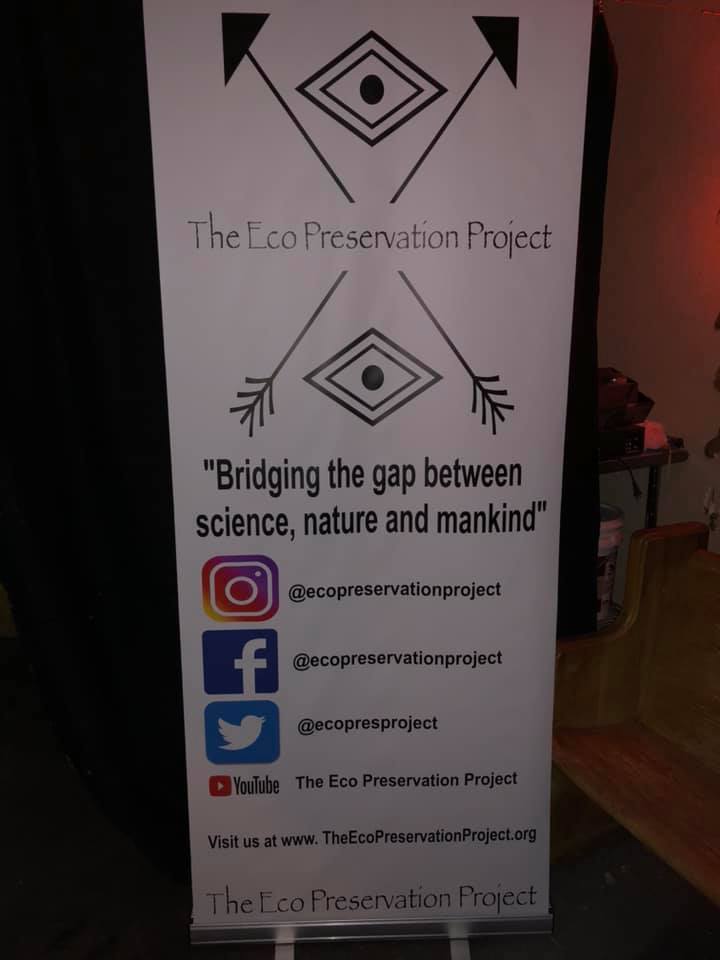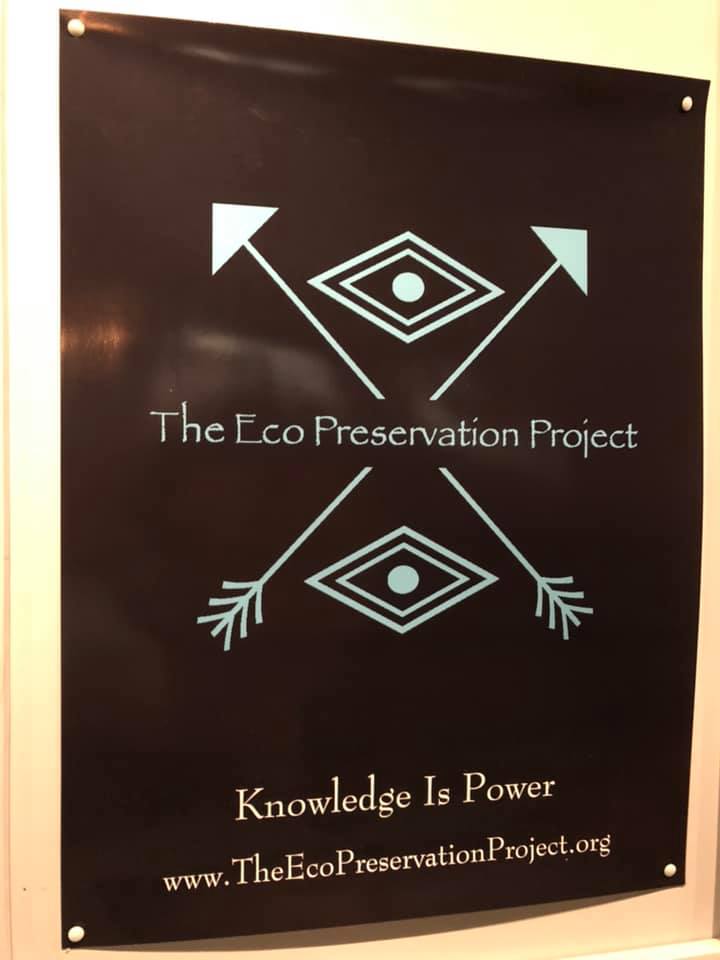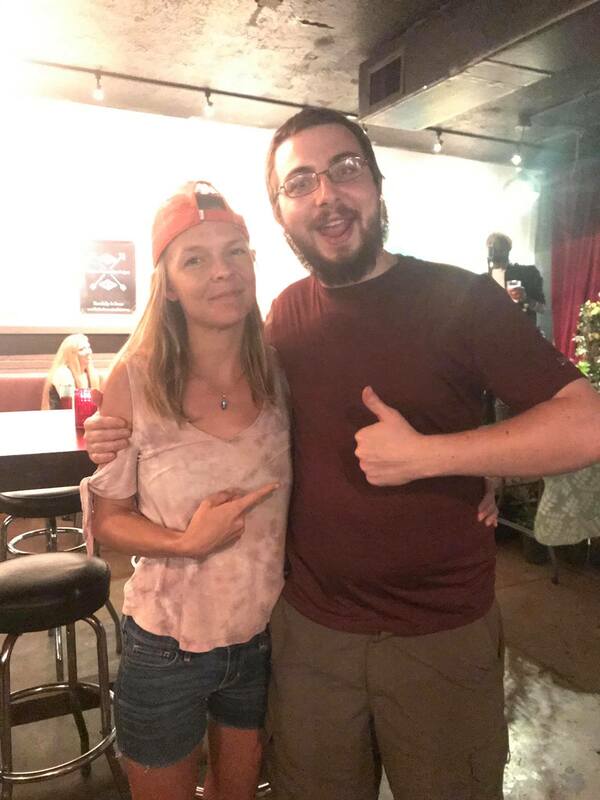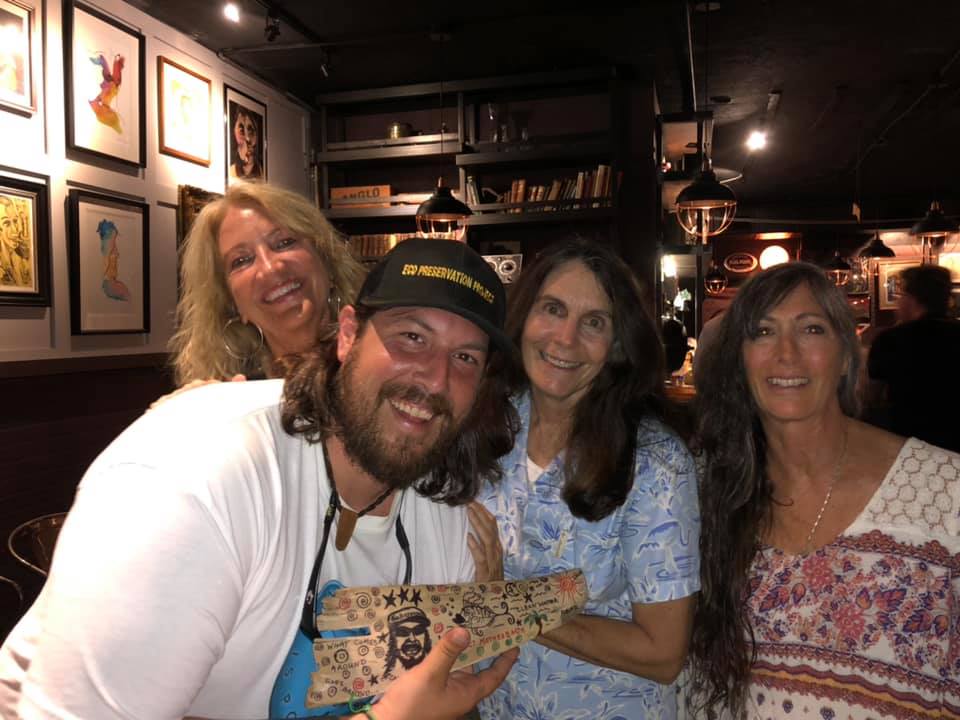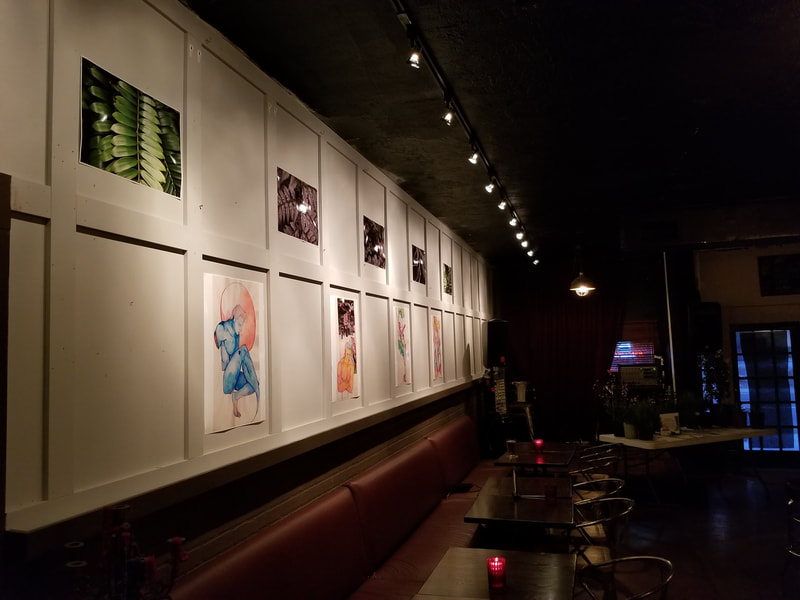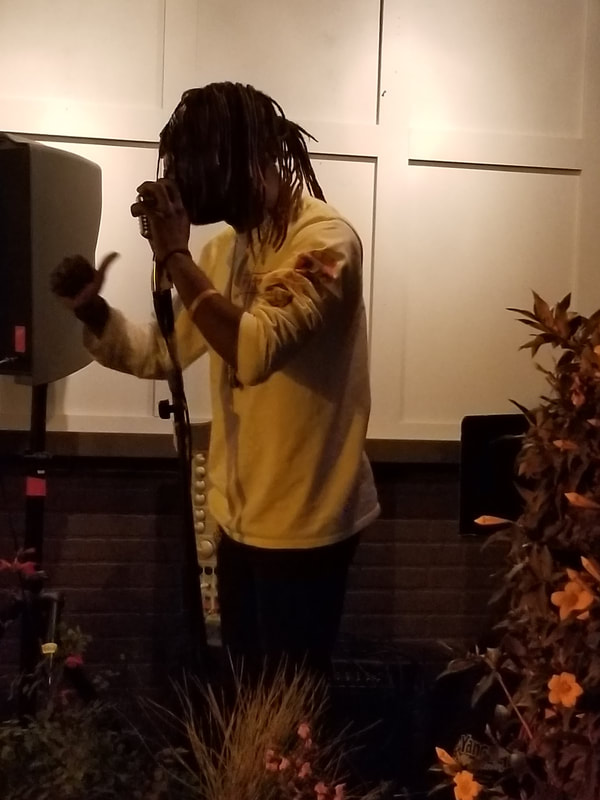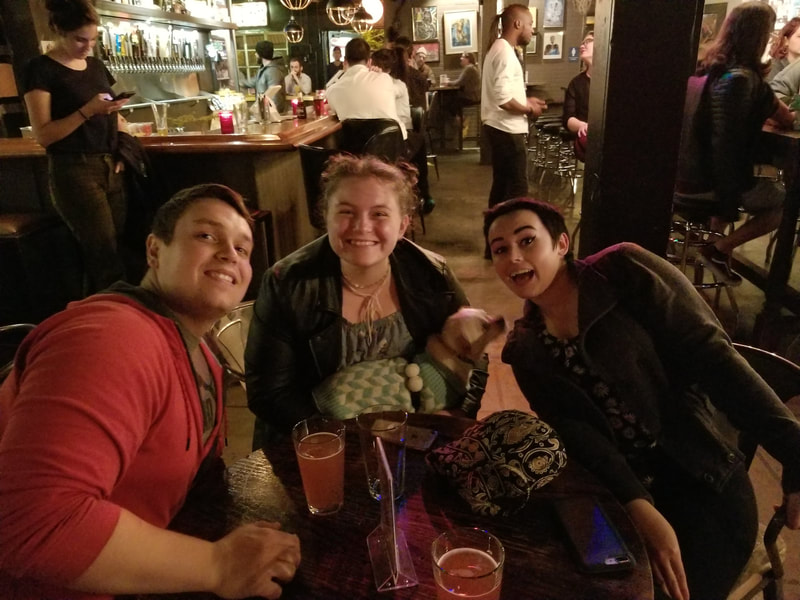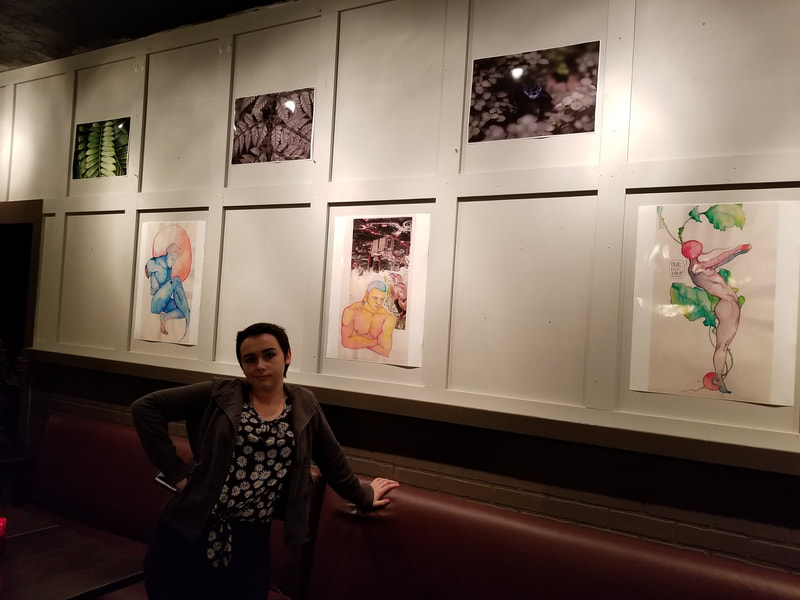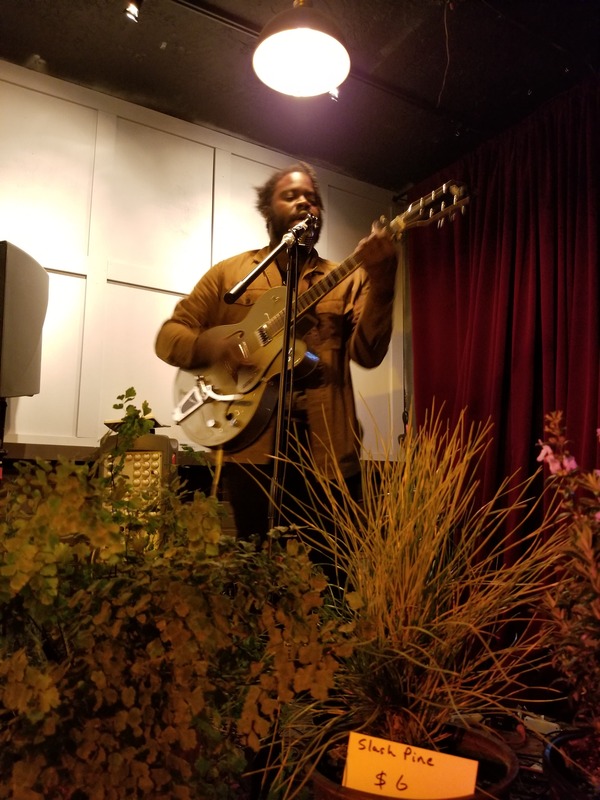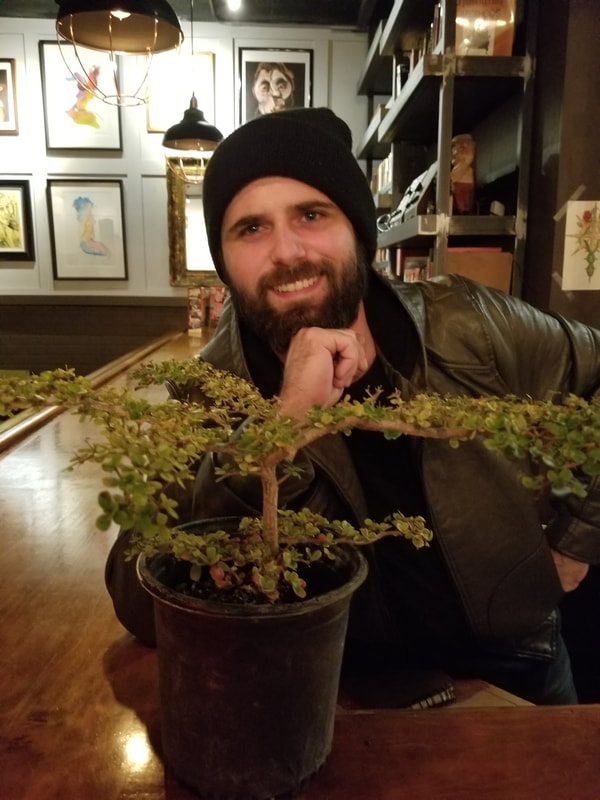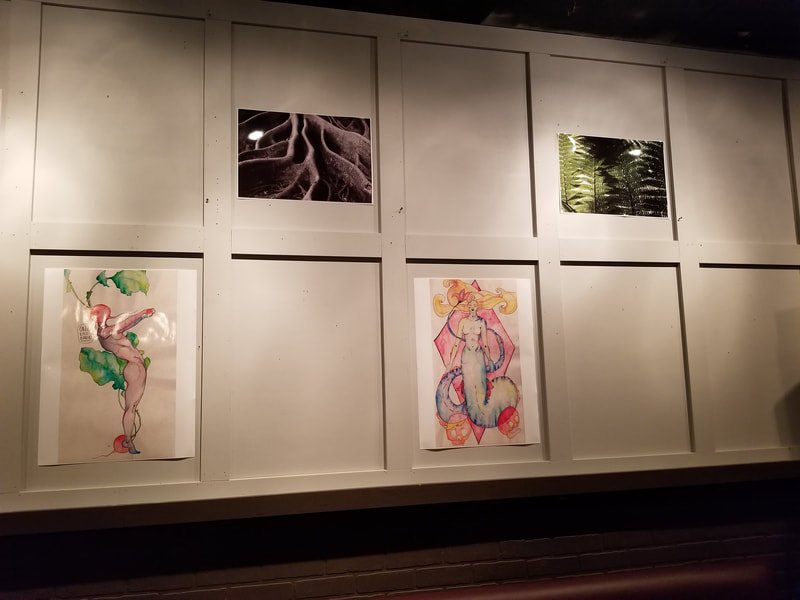|
Sarasota is in a water crisis. With more people moving here every year and increasing strains on stormwater retention and coastal developments, our water quality has been declining. Most open net pen fish farms worsen these problems, adding parasites, diseases, escaped fish, and nutrients to an already warm, nutrient-rich area with existing Red Tide issues. The majority of companies that do large-scale monoculture fish farms pollute their nearby waters, which is why farming in the gulf has been restricted for decades and is being banned elsewhere in the world. We have an import problem for seafood, yet we still need fish for food, and we still need the jobs that the aquaculture industry provides. So how do we reconcile these two seemingly-opposing practices and see Sarasota’s proud fishing history continue?
Agroecology—basing farm systems off of existing ecosystems—is the most environmentally friendly way to do it. By growing filter-feeding fish, shellfish, macroalgaes, sponges, or other cleaning organisms alongside more expensive meat fish, we can clean up the water at the same time as we farm. If we have a Red Tide problem due to warm waters and nutrients that algae love, why not grow tasty algae to enjoy with our sushi? Through an aquatic agroecology project with Mote Marine Laboratories, Sarasota could take the national spotlight for sustainable aquaculture. Imagine cleaning up the bay by farming a variety of edible sea life, some of which could be sold to the pet trade or aquariums (another billion dollar industry). It is my view and that of my company, Stocking Savvy, that the project as it stands should not move forward as the first in the gulf. Rather, we should expand it to a larger pilot program, incorporate more cleaning organisms with marketable value and show how innovative Sarasota can really be. Kampachi Farms is an excellent company with experience raising these organisms, but has not proposed doing that here. I’m sure we’d all love fresh seafood and a cleaner bay, and we should work with the industry to achieve both of those goals, make money, and support Sarasota's unique ecology. Let’s show the world that green aquaculture and fiscal responsibility go hand in hand. Written by Sean Patton, Founder of Stocking Savvy. For more information check out: https://www.yourobserver.com/article/residents-weigh-in-on-proposed-fish-farm-off-sarasota-coast
2 Comments
Fogartyville Earth Day: Call for Vendors as We Prepare to Celebrate 50 Years of Earth Day!12/17/2019 Stocking Savvy is officially advertising our April Earth Day Event and is on the search for vendors. Anyone interested should contact us at [email protected] for more information, speaking opportunities, and possible workshops.
In celebration of the 50th Anniversary of Earth Day, Stocking Savvy will be hosting a festival at Fogartyville Community Media Center featuring environmental vendors, local artists, educational booths, workshops, a native plant sale, and live music by Form. There will be a $5 entry fee for the event including all music, workshops, and vendors, with all proceeds helping Stocking Savvy to achieve its mission of fighting climate change and red tide through habitat restoration. There will be food, drinks, and a variety of vendors, including a massive native plant sale with a wide array of flowers, small trees, and butterfly plants. So come one, come all, and support the environment in a fun and spectacular fashion at Fogartyville Community Media Center, 525 Kumquat Ct, Sarasota, FL 34236 at 5pm on April 4th! Stocking Savvy is proud to be doing a talk on Native Plants and Butterfly Gardens at this year's Native Plant Show sponsored by the Florida Association of Native Nurseries, FANN! We are proud to have several sponsors for our booth including the Native Plant Horticulture Foundation, as well as the People's Alliance to Sustain our Posterity. We will be talking about retention ponds, aquatic ecosystems, and wetland pollinator habitat. For our session check out this link below.
https://www.nativeplantshow.com/speakers/sean-patton/ Stocking Savvy Eco Logical Art Collective Show at Art Ovation Raises Money for Habitat Restoration5/26/2019 After breaking 200 followers on social media we are proud to announce our first commercial!
Thank you all for your support and don't forget to keep Stocking Savvy! Also a big thank you to Growl Studios for the video design and supporting our company. Stocking Savvy's first newsletter and email is here! We have news on local politics, invasive species, and even promotions from local green businesses! Check it out and if you'd like to receive future news from us sign up below! Stocking Savvy and Beautiful Ponds Awarded Grant by Charlotte Harbor National Estuary Program2/28/2019 Stocking Savvy and Beautiful Ponds have been awarded a grant for a joint project on Multimodal Biological Control by the Charlotte Harbor National Estuary Program. This grant will go to fund algae sampling in freshwater lakes as well as support research into how the use of native species of fish, invertebrates, and plants can help reduce hypereutrophication. Hypereutrophication is when a water body has extremely high amounts of nutrients usually making it uninhabitable by many species due to constant algae blooms and pollution. Parts of the grant will also help reduce invasive species spread and coverage which has been a large problem in habitat restoration as these species reduce habitat quality and can push out native species. If you are interested in volunteering on a habitat restoration project such as native plantings, fish stocking, research, or invasive species removals alongside experts in the field please contact us today through out online contact portal at https://www.stockingsavvy.com/contact.html we are amassing a group of volunteers to help fight back against Red Tide, Climate Change, and other environmental issues.
Stay tuned for updates on when the project will begin Spring 2019! For more information on the programs that support us please check out https://www.chnep.org/ Stocking Savvy science multimodal biological control features in house bill 737 with margaret good2/27/2019 Margaret Good one of our Florida House Representatives recently released HB 737 a water quality bill based on Multimodal Biological Control. So what is Multimodal Biological Control and how does this impact homeowners?
Imagine you have a new development and a retention pond is dug behind your house, this is intended to store and filter stormwater and provide habitat to animals as a mitigation from environmental damage to the original property. These ponds are commonly known to be filled with invasive plants, nutrients, and algae that in order to look good require extensive herbicide use and maintenance. Herbicides kill the algae and often many of the invertebrates and beneficial plants present as well. The now decaying algae and nutrients then wash out into the bay where inshore nutrient pollution can make Red Tide worse. Not to mention recurring harmful freshwater algae blooms, herbicide resistant algae, lack of usable habitat, poor water quality, increased maintenance costs, poor property values, and numerous other flaws with current herbicide focused management. So why wouldn’t we put something in these ponds and lakes to eat the algae? Well some people have tried using Tilapia, Plecostomus, and non-sterile Grass Carp to clean ponds but these are non-native species that can have disastrous effects on the ponds such as erosion, poor bass fishing, low water quality, vulnerability to weather and low oxygen, and overpopulation. So what about native species? Well most native species aren’t as effective as these monstrous herbivores and when using a single species they only remove the portion of algae where they live. For example brown bullhead catfish only eat algae on the bottom of a pond not the middle or top because they live, have adapted, and prefer benthic habitat. So what happens if you use a variety of fish, invertebrates, and plants to target algae everywhere it grows in the pond? This has been shown to be more effective than any single biological control as the fish target different areas and compete with one another. You can even extend beyond just controlling algae and target midge flies, floating weeds, and submersed vegetation. Frequently Asked Questions Wow this sounds great but if there are so many native species that can do this why aren’t they finding these ponds on their own? Well, roads, houses, and flood control structures do a great job of preventing fish from finding these retention ponds requiring human based stocking. If it’s so simple why don’t we do it already? Many countries do habitat restoration including the USA! We plant seagrass, oysters, and stock fish in bays and estuaries to improve water quality and fishing. Multimodal Biological Control aims to do what we have been doing for years in other areas but now do it in freshwater where there are dozens of species that are prime candidates for targeted restoration. So why wouldn’t we do the same habitat restoration for freshwater? In fact we do extensively use mosquitofish to help reduce mosquitos and it infinitely more cost effective and less laborious than pesticides. We can improve fishing, birding, and conservation. At the same time we save money on maintenance and herbicides, while increasing property values and sport fishing. It’s time to use herbicides as a last resort not a first resort, and simply use native species to preemptively tackle the problems growing in our own backyards. Multimodal Biological Control is meant to be used as a preventative measure to help reduce herbicide and maintenance costs while restoring our lakes and waterways. Every plant, invertebrate, and fish is native to the region being stocked. Every site gets a few herbivores, filter feeders, and detritivores so that should disease or pollution claim one there will still be a functioning ecosystem. It is about using the way ecosystems work to our advantage and letting natural processes run rather than complete chemical control which has let to declining water quality. This is nothing new, it is simply expanding on the existing policies that work to reduce not eliminate the use of herbicides. |
AuthorSean Patton is a wetland biologist and environmental consultant serving Sarasota and Manatee counties. He has written and defended an Honors Thesis at New College of Florida, and continues to do independent research to better understand Florida's ecosystems and provide the most specialized consultations possible. He has presented at the Environmental Summit and many other locations on his research; Multimodal Biological Control which is the selective stocking of native organisms to target and control nuisance organisms. Archives
January 2020
Categories |




